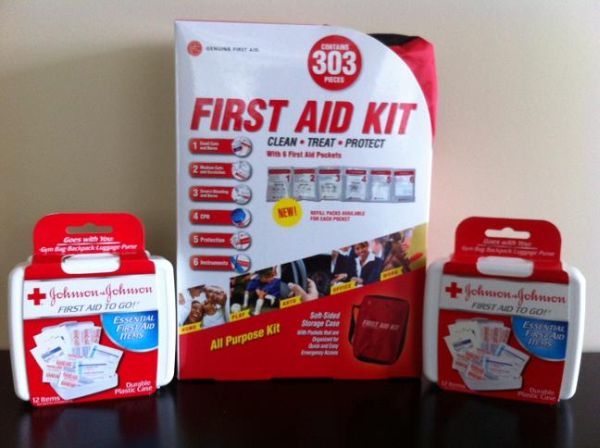Mastitis involves inflammation of the breast, usually brought about by the accumulation of milk inside the breast among breast-feeding women. The condition can be either:
- Non-infectious – build-up of milk triggers a reaction in the breast tissue which makes it red, warm and swollen.
- Infectious – the breast tissue becomes infected once milk has accumulated within. Infection is triggered by bacteria that might be present in the skin.
In case the non-infectious type is not properly treated, infection can develop. Remember that anything that triggers the accumulation of milk in the breasts increases the risk for developing mastitis.
What are the indications?
Mastitis can trigger the following symptoms:

- Area of hardness
- Pain or discomfort
- Swelling
- Redness
It usually starts in the wedge-shaped section of the breast and only affects one breast. There is also fever, generalized feeling of being sick and flu-like symptoms which includes headache, muscle pain and tiredness.
Management
Mastitis is usually managed with a course of antibiotics. Nevertheless, mild cases settle without requiring treatment. If there is a tender swollen area in the breast while breastfeeding, it might be a blocked milk duct or a developing mastitis.
Certain measures that can help manage mastitis without the need for antibiotics include the following:
- Continue to breastfeed to empty the affected breast and keep the milk flowing.
- Feed on the affected side first so that it will empty well for the next 2-3 feeds.
- After feeding, it is recommended to express from the affected side as well. This will ensure that the breast is emptied.
- Before feeding, the breast should be massaged in a gentle manner. An alternative is to apply heat using a heat pack, warm shower or applying a warm flannel.
- In case it is too painful to feed on the affected side, it is recommended to express milk from that side using a breast pump.
- Stick with a healthy diet and drink more fluids.
In case the symptoms worsen, a doctor should be consulted. After assessment, an antibiotic might be prescribed. The infection typically settles within a few days after antibiotics are started.

